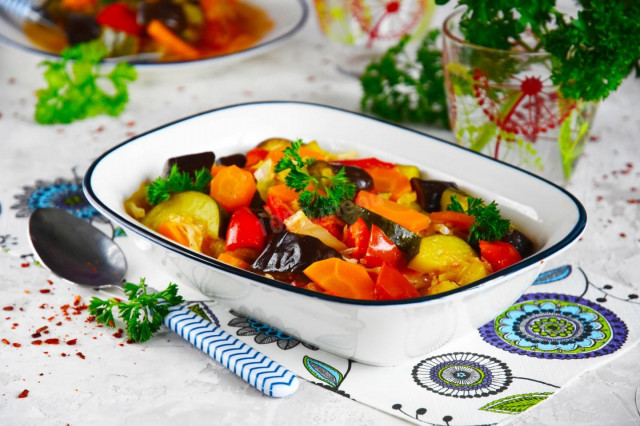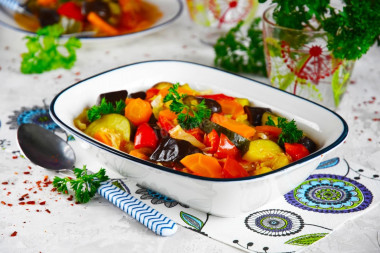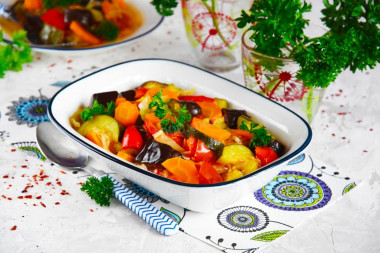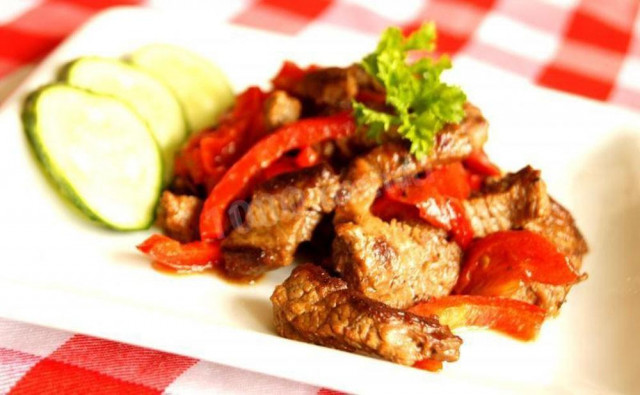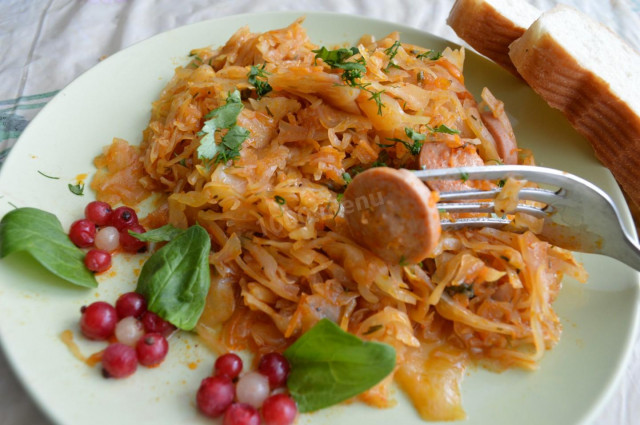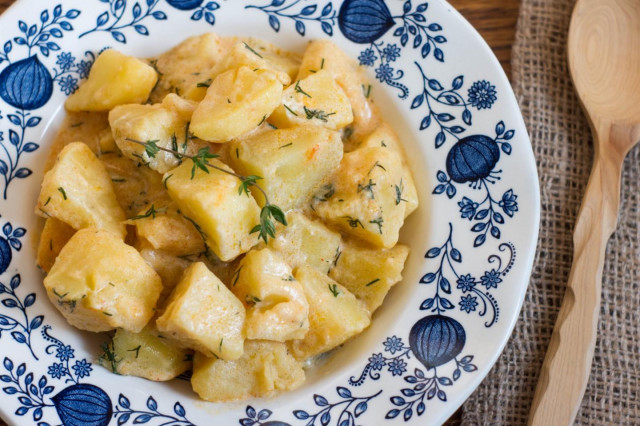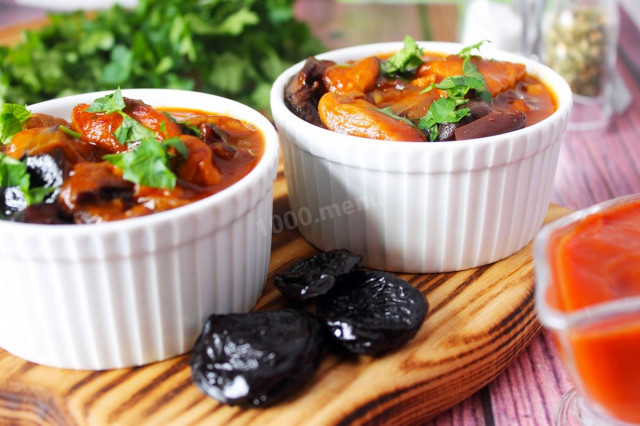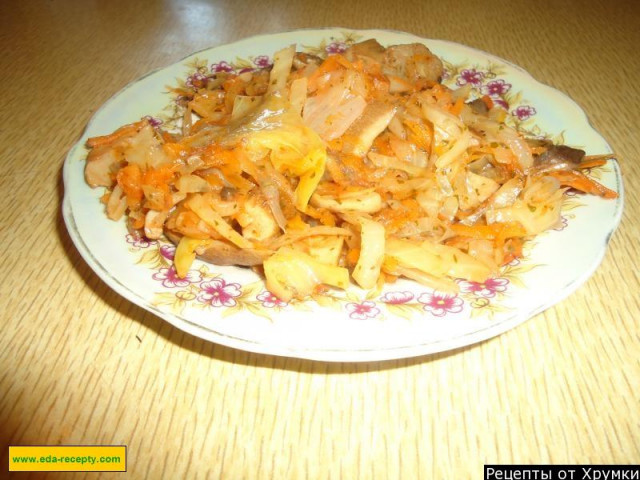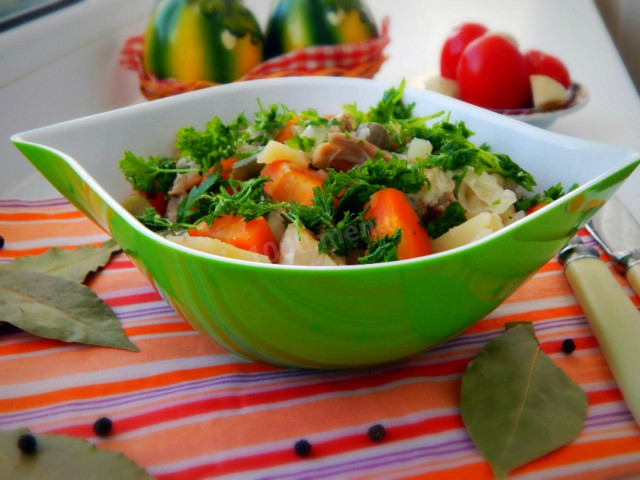Composition / ingredients
Step-by-step cooking
Step 1:
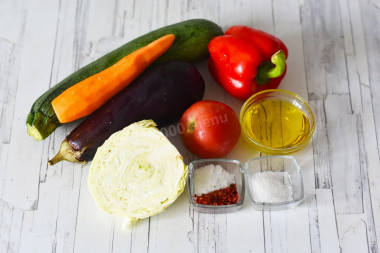
How to make vegetable stew from zucchini, eggplant and cabbage? First, prepare the necessary ingredients according to the list. A set of vegetables can be replaced, supplemented to your liking. For example, add onions, potatoes, squash, etc. I have unrefined sunflower oil, but you can use any vegetable to taste.
Step 2:
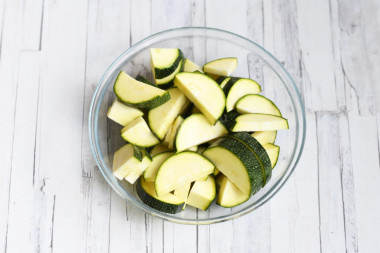
Wash the zucchini thoroughly, dry it and cut it into halves or quarters depending on the diameter. The slicing should be such that on the one hand the zucchini does not boil when stewing and it is convenient to eat them. Which zucchini will work best? Choose young fruits with tender skins. If you use more mature zucchini, cut off the rough peel and cut out the middle with the seeds.
Step 3:
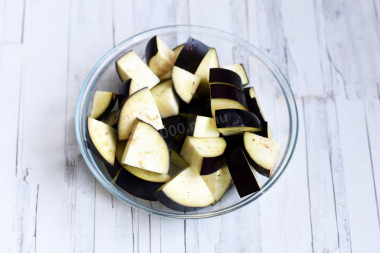
Similarly, depending on the diameter, cut the eggplant. I cut it into quarters. If the eggplant is bitter, add salt and leave for 10 minutes. Then rinse. Drain the resulting liquid, rinse the eggplants and start cooking. Please note that in some cases there is no need to remove the bitterness from eggplants - usually young vegetables are not bitter, as well as some special varieties of them.
Step 4:
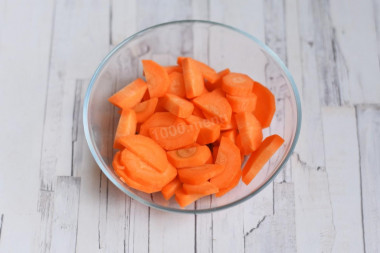
Peel the carrots and cut them into semicircles.
Step 5:
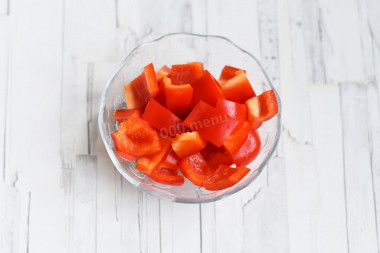
Peel the bell pepper from the seeds and cut into small cubes.
Step 6:
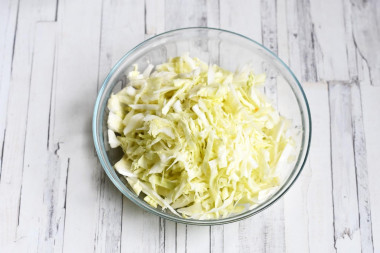
Chop the cabbage thinly, bypassing the hard areas around the stalk. It is better to choose a young vegetable.
Step 7:
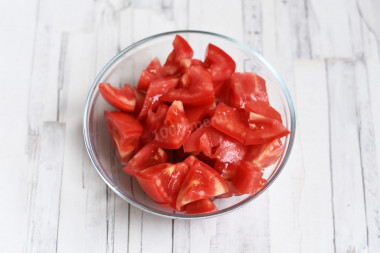
Cut tomatoes into medium pieces. Choose juicy tomatoes, but dense. Soft fruits do not keep their shape well, in the process of slicing and cooking they will spread into a shapeless mass and spoil the appearance of the dish.
Step 8:
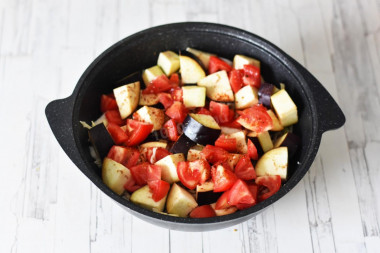
Pour vegetable oil into a saucepan or cauldron. Next, lay out layers of carrots, zucchini, cabbage, bell pepper, eggplant and tomato. Lightly sprinkle each layer with spices for vegetables (optional), salt and pepper. Pour a glass of water into a saucepan.
Step 9:
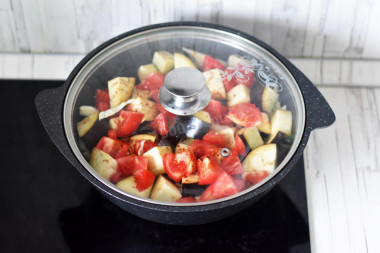
Put the pan with vegetables on the stove and simmer under the lid on medium heat for 20 minutes.
Step 10:
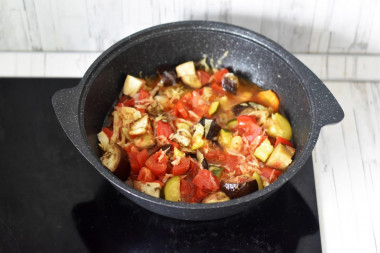
When the vegetables let out a lot of juice, taste them carefully. Add sugar, if necessary, add salt and pepper again to taste. Mix everything carefully. Simmer under the lid at a low boil for another 20-25 minutes until the vegetables are ready. Bon appetit!
If you use ready-made spice mixes, be sure to read the composition on the package. Often, salt is already present in such mixtures, take this into account, otherwise you risk over-salting the dish.
Since the degree of salinity, sweetness, bitterness, sharpness, acid, burning is individual for everyone, always add spices, spices and seasonings, focusing on your taste! If you put some of the seasonings for the first time, then keep in mind that there are spices that it is especially important not to shift (for example, chili pepper).
Any oils are useful only until a certain temperature is reached - the point of smoking, at which the oil begins to burn and toxic substances, including carcinogens, are formed in it. How to determine the roasting temperature and choose the best oil for frying, and which one is better not to use at all, read here .
Caloric content of the products possible in the composition of the dish
- Tomatoes - 23 kcal/100g
- Zucchini - 23 kcal/100g
- Sweet pepper - 27 kcal/100g
- Carrots - 33 kcal/100g
- Dried carrots - 275 kcal/100g
- Boiled carrots - 25 kcal/100g
- Eggplant - 24 kcal/100g
- Ground black pepper - 255 kcal/100g
- Granulated sugar - 398 kcal/100g
- Sugar - 398 kcal/100g
- Vegetable oil - 873 kcal/100g
- Salt - 0 kcal/100g
- Spices dry - 240 kcal/100g
- White cabbage - 28 kcal/100g
- Boiled white cabbage - 21 kcal/100g

